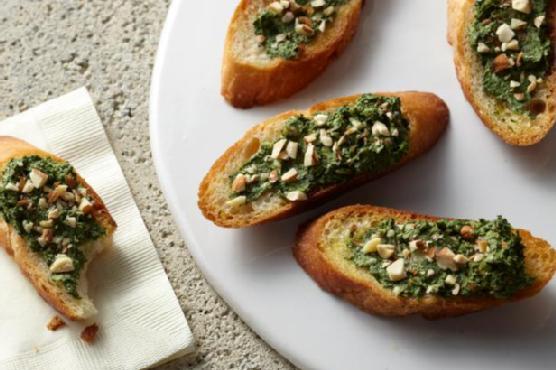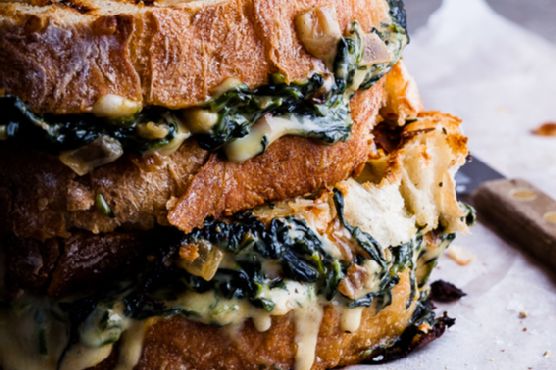Naturally Fermented, Probiotic Honey Lemonade Soda
Naturally Fermented, Probiotic Honey Lemonade Soda requires roughly 10 minutes from start to finish. For $1.65 per serving, this recipe covers 4% of your daily requirements of vitamins and minerals. One serving contains 290 calories, 2g of protein, and 1g of fat. This recipe serves 4. This recipe is liked by 29025 foodies and cooks. It is brought to you by Nourished Kitchen. If you have yogurt, lemon juice, water, and a few other ingredients on hand, you can make it. It works well as a beverage. It is a good option if you're following a gluten free, lacto ovo vegetarian, and primal diet. With a spoonacular score of 25%, this dish is rather bad. If you like this recipe, you might also like recipes such as Raw & Naturally Fermented: Salsa Verde, Naturally Sweetened Lemonade, and Watermelon Raspberry Lemonade (Naturally Sweetened).
Servings: 4
Preparation duration: 10 minutes
Ingredients:
1 cup honey
1 cup lemon juice
6 cups water
½ cup fresh whey made by straining yogurt or kefir (See information on starters here.)
Equipment:
sauce pan
stove
whisk
pot
funnel
Cooking instruction summary:
Warm the water in a saucepan over low heat, keeping it just warm enough to dissolve the honey - about 100 F. Whisk in the honey continuously until fully dissolved in the water. Turn off the heat, and remove the pot from the stove.Whisk the lemon juice and whey into the honey water until fully incorporated.Pour the lemonade through a narrow funnel (like this one) into three flip-top bottles (find them here). Seal the bottles, and allow the lemonade to sit at room temperature to ferment at least four and up to seven days. You can open a bottle to check for fizziness and flavor, keeping in mind that the warmer your kitchen and the more time you allow, the sourer and more fizzy your soda will be.
Step by step:
1. Warm the water in a saucepan over low heat, keeping it just warm enough to dissolve the honey - about 100 F.
2. Whisk in the honey continuously until fully dissolved in the water. Turn off the heat, and remove the pot from the stove.
3. Whisk the lemon juice and whey into the honey water until fully incorporated.
4. Pour the lemonade through a narrow funnel (like this one) into three flip-top bottles (find them here). Seal the bottles, and allow the lemonade to sit at room temperature to ferment at least four and up to seven days. You can open a bottle to check for fizziness and flavor, keeping in mind that the warmer your kitchen and the more time you allow, the sourer and more fizzy your soda will be.
Nutrition Information:
covered percent of daily need















